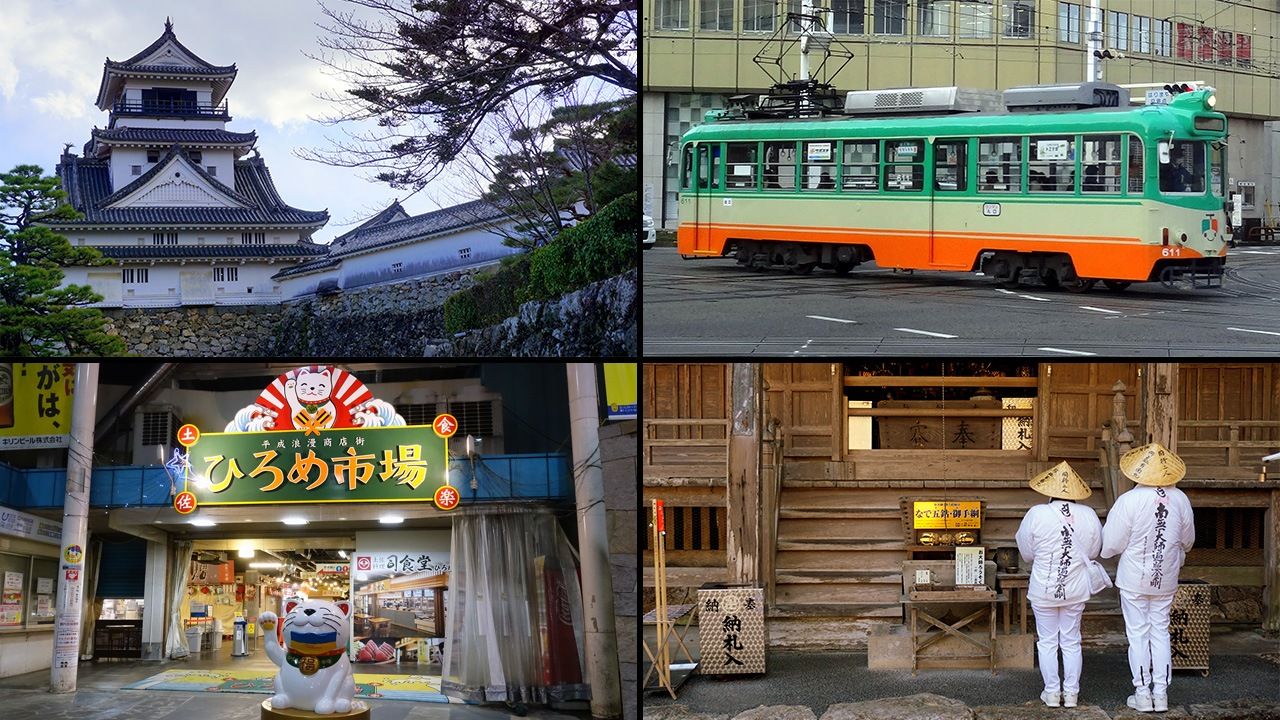
Japan’s Popular Tourist Destinations
Kōchi: Where Nature Meets History
Travel History Food and Drink Culture- English
- 日本語
- 简体字
- 繁體字
- Français
- Español
- العربية
- Русский
Best-Kept Secrets
Kōchi Prefecture is not a tremendously popular destination, even among Japanese tourists. In the Brand Research Institute’s 2023 Regional Brand Survey, for instance, it is only ranked thirty-second (out of 47 prefectures) and its 20.9 score is just a couple of points above the 10 least attractive prefectures. Which is a pity—because Kōchi might be one of Japan’s best-kept secrets.
Granted, Kōchi’s sparse public transportation network makes traveling around this nature-rich prefecture a little hard unless one can drive a car. A good compromise, then, is to stay close to its capital. The compact city of Kōchi is a quick 90-minute flight away from Tokyo, and its efficient bus and streetcar network will take you to all the must-see spots.
A visit to Kōchi should start from the very heart of the city, where Kōchi Castle stands atop a small hill not far from the Prefectural Government Office. While modest in size, it is a striking building whose beauty is enhanced by the contrasts between its 223 cherry trees and thick stone walls.
A Historically Vital Place
This is the best preserved of Japan’s 12 surviving original castles. A large portion of the fort burned down in 1727, but it was immediately rebuilt following the original design. It then survived successive wars and the new Meiji government’s order to destroy any remaining feudal fortifications before undergoing extensive renovation in the 1950s.
Kōchi Castle is notable since all of its buildings are historical structures rather than post-war reproductions. Additionally, it is the only castle in Japan to still have both its old keep and palace. Actually, it is the only one that still has all the original eighteenth-century structures in the honmaru (the innermost part of the castle) still standing.

Kōchi Castle atop its hill. (© Gianni Simone)
Although Kōchi is off the tourist beaten track, it occupies a place of great importance in Japanese history. In fact, at the end of the Edo period (1603–1867), when the region was still called Tosa, it was one of the places on the forefront of the anti-Tokugawa movement that led to the restoration of imperial authority.
Amid those turbulent years stood Sakamoto Ryōma, a young samurai who advocated for democracy, modernization, Japanese nationalism, and the return of power to the Imperial Court. Arguably his most important contribution to the anti-Tokugawa movement was his participation, in 1866, in the secret negotiations that led to the military alliance between Satsuma and Chōshū, the two powerful western domains that eventually led the uprising against the shogunal regime.

The statue of Sakamoto Ryōma at Katsurahama. (© Pixta)
For his role in the modernization movement, Sakamoto was hunted by pro-shōgun groups and eventually assassinated at the age of 31, later becoming a sort of pop culture icon and the subject of many novels, television drama series, films, and manga, including the 2010 NHK Taiga drama Ryōmaden.
History buffs should head to Katsurahama, a scenic beach south of the city center. Here they will find Sakamoto’s statue and the informative Sakamoto Ryōma Memorial Museum. Set against a green backdrop of pine trees, the beach itself is a lovely outdoor destination that has been known since ancient times as a popular place for moon viewing.

Get away from it all at Katsurahama beach. (© Gianni Simone)
For more information on this pivotal moment in Japanese history, the Freedom and Civil Rights Memorial Hall is a museum where the life and actions of such important activists as Itagaki Taisuke and Nakae Chōmin are told through pictures, models, and videos.
Spiritual Power of the Henro Pilgrimage
Kōchi is also part of the henro, the 1,400-kilometer-long pilgrimage taking walkers to 88 temples around Shikoku, and the thirty-first stop of the popular holy circuit is the temple Chikurinji. This stunningly beautiful Buddhist temple is the kind of place that, if it were in Tokyo or Kyoto, would be packed with tourists every day from morning to evening. However, this being Kōchi, you will likely share it with only a handful of visitors.
Located on a small hill (the rather grandly named Mount Godai) not far from the city center, the temple complex is immersed in the lush greenery of Japanese maples, which turn from pale green to gold and crimson in the fall. It is easily accessible by bus through a road that has been cut through the thick forest that covers the whole hill.
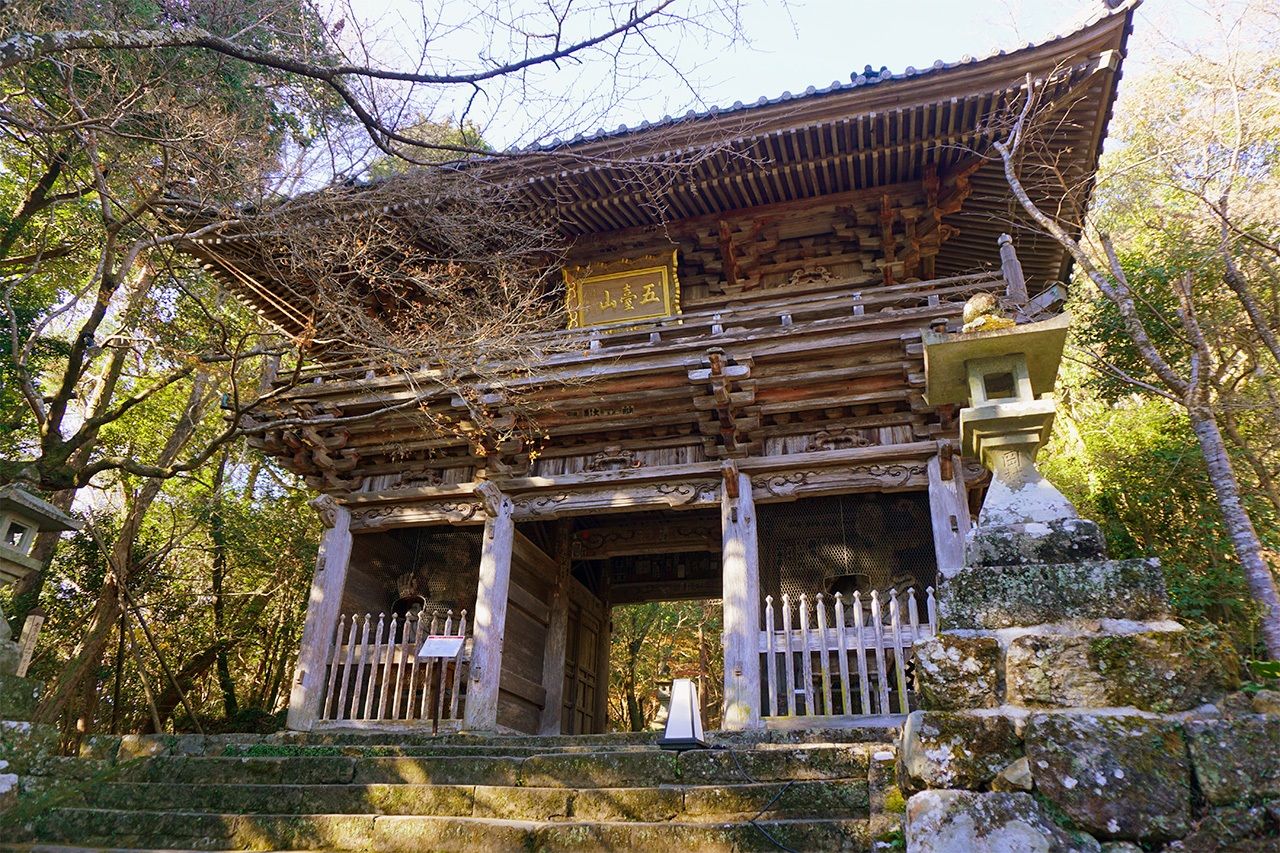
The main gate at Chikurinji. (© Gianni Simone)
Spend some time on the temple grounds and you will likely see a few pilgrims, some of them in full garb, with their white robes covered in Buddhist writings and a sugegasa straw hat on top of their heads.

At Chikurinji, you may see pilgrims, some of them in full garb, with their white robes covered in Buddhist writings and straw hats on their heads. (© Gianni Simone)
But pilgrim-watching aside, the real pleasure comes from strolling around the moss-covered and exquisitely quiet temple grounds. It’s a magical place that conveys the sort of peace and tranquility usually found inside a church, but with the added pleasure of being surrounded by nature.
Abandoned Nature: Makino Botanical Garden
Just a short walk from Chikurinji is another place where Japanese history and nature mix: the Kōchi Prefectural Makino Botanical Garden. Doctor Makino Tomitarō is known as the “father of Japanese botany.” For most of his life, he traveled around Japan and collected over 400,000 botanical specimens, 1,500 of which he subsequently described as new species or lower taxa.
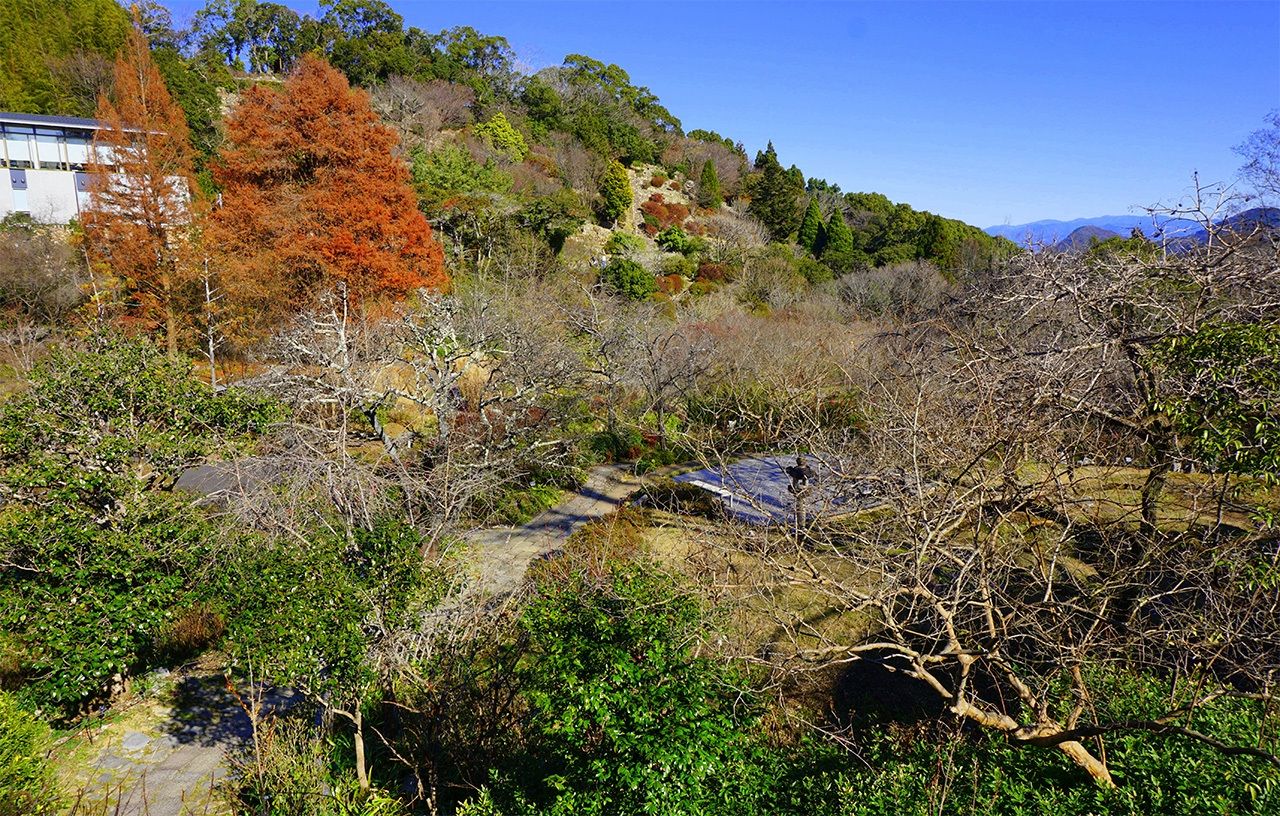
Makino Botanical Garden. (© Gianni Simone)
He eventually achieved his ambitious goal of publishing Makino’s Illustrated Flora of Japan, a comprehensive masterpiece that represents the culmination of his extensive research. In 2023, he even got the asadora TV drama treatment when NHK produced Ranman, a fictional story modeled after his life.
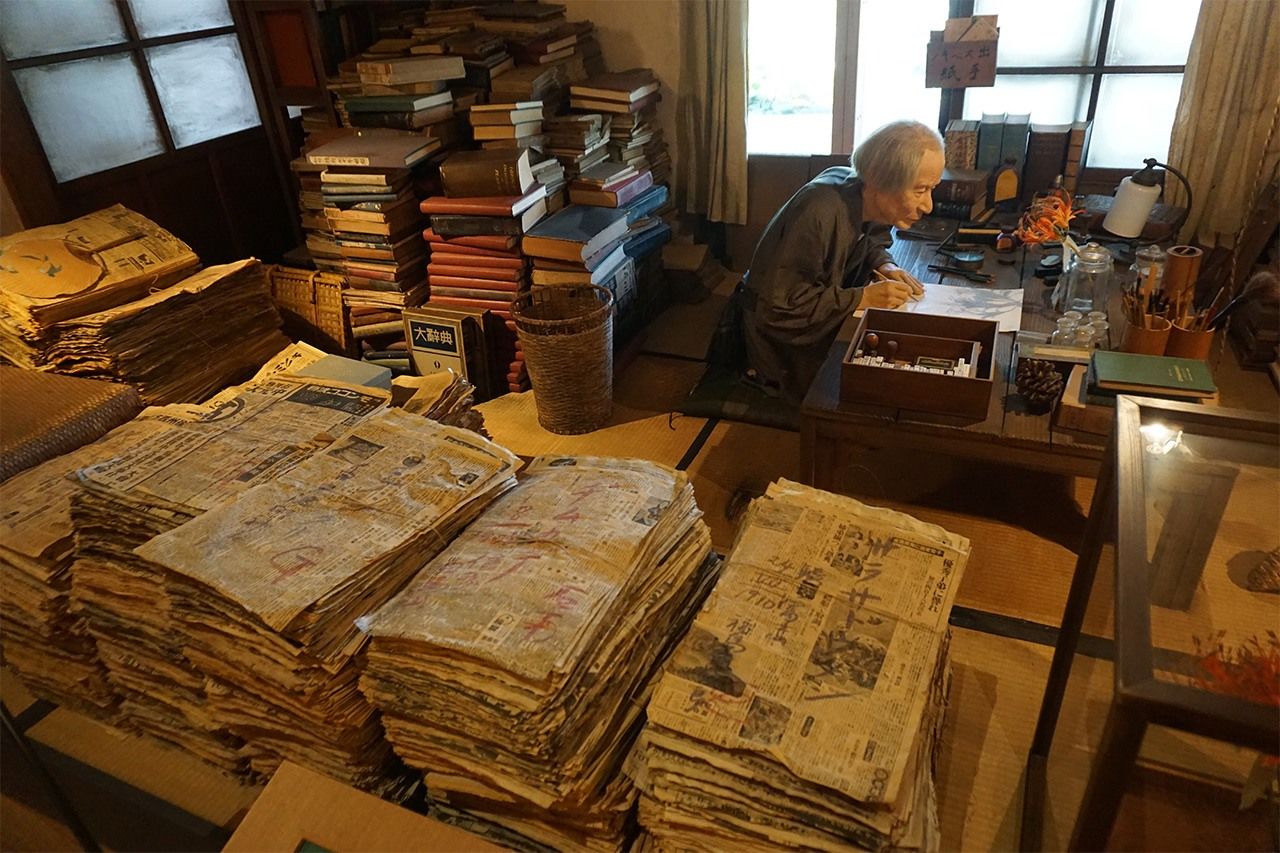
A 3D recreation of Makino’s studio, with a statue of him. (© Gianni Simone)
The Botanical Garden opened in 1958, one year after Makino’s death. The approximately 8-hectare garden, which takes advantage of the undulating terrain, showcases Japan’s colorful four seasons. It is home to more than 3,000 types of wild and garden plants that are associated with the doctor, including Makino’s beloved cherries and azaleas that bloom in spring, while in autumn, it is covered in yellow patrinia, Japanese clover, and pink and purple Heteropappus hispidus, relatives to the daisy.
One of the garden’s highlights is a vast greenhouse full of rare and colorful tropical plants collected from both Japan and abroad. This is accessed through a nine-meter-tall tower, a sort of large tree-like cave covered both inside and outside with climbing plants and their tentacular roots.

The striking greenhouse at the Makino Botanical Garden. (© Gianni Simone)
Inside, different areas are devoted to a water garden, a jungle zone, and dryland plants that can withstand both high temperatures during the day and low temperatures at night.

Inside the Makino Botanical Garden greenhouse. (© Gianni Simone)
Must-Eat and Must-Do Items
Back downtown, the best way to enjoy Kōchi is to hop on one of its buses or streetcars (ranging from old-time models to otaku versions featuring the local manga hero Anpanman), and then get off at random and explore its alleys or stroll along the Kagami River. The Tourist Information Center outside Kōchi Station has plenty of brochures and timetables to help you navigate the city.
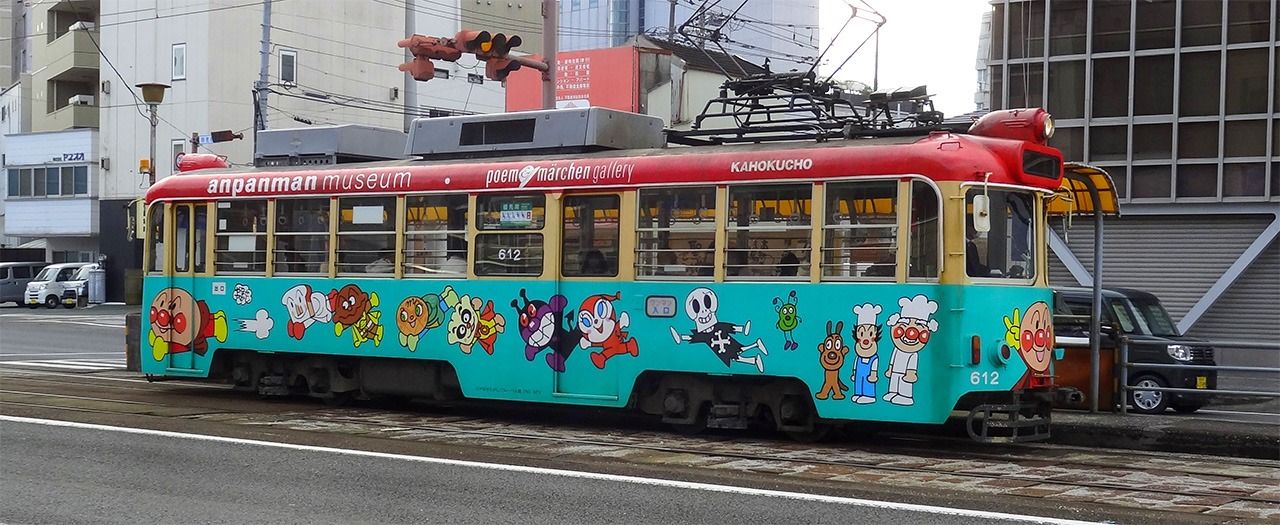
A Kōchi streetcar decorated with Anpanman and his friends. (© Gianni Simone)
Though flowing through the city center, the Kagami-gawa is clean enough that in summer, many locals swim in its waters. Indeed, Kōchi has many such beautiful rivers, from the Niyodo River in Ino to the Doi, a tributary of the Niyodo, located about an hour by car from the city. These are ideal for swimming, canoeing, and rafting.
All the exertion definitely makes one hungry, and even in this respect, Kōchi does not disappoint with a variety of simple flavorful dishes ranging from nabeyaki ramen (ramen noodles served in a heated clay pot) and sawachi ryōri, a smorgasbord cuisine featuring different kinds of sashimi and shellfish. There’s also Tosa Akaushi wagyū beef and arguably the region’s most popular dish, katsuo no tataki, lightly seared bonito or skipjack tuna often topped with a dash of sea salt or ponzu-based citrus sauce.
You cannot talk about Kōchi without mentioning yuzu, a beautiful citrus with an amazing fragrance and flavor that is very popular in Japanese cuisine. Similar to lemons, yuzu add an extra-special flavor whenever they are added to a dish, from marinades and sauces to desserts. And Kōchi is the world’s largest producer, accounting for 55% of Japan’s total harvest.

Organic yuzu from Umaji in Kōchi Prefecture. (© Kusano Seiichirō)
There are many places in the city of Kōchi where one can enjoy the local food, but two not-to-be-missed experiences are a visit to Hirome Market (a friendly indoor market with 60 different eateries) and the 1.3-kilometer-long Sunday Market lane, offering such local traditional food as inaka-sushi (country-style vegetarian sushi where fish has been replaced with preserved and pickled vegetables and fried tofu) and imo-ten, freshly fried, bite-size sweet potato tempura that will likely become one of the best sweets you will ever eat in Japan.

Inaka-sushi at its freshest. (© Nippon.com)

Imo-ten on display at the market. (© Gianni Simone)
And the best thing about Kōchi, as mentioned before, is that wherever you go, you will probably be the only foreign traveler. So, if you are tired of fending off hordes of tourists in Kyoto and Tokyo, now you know where to go next.
(Originally written in English. Banner photo: clockwise from left top, Kōchi Castle, a cable car, henro pilgrims with their sugegasa straw hats [all © Gianni Simone], and the Hirome market [© Pixta].)
